I have been asked many times whether it is possible to substitute acrylic enamel reducer with something else. The answer is yes, it is possible. However, it is important to understand what acrylic enamel reducer is and what its role is in acrylic enamel paint before considering a substitute.
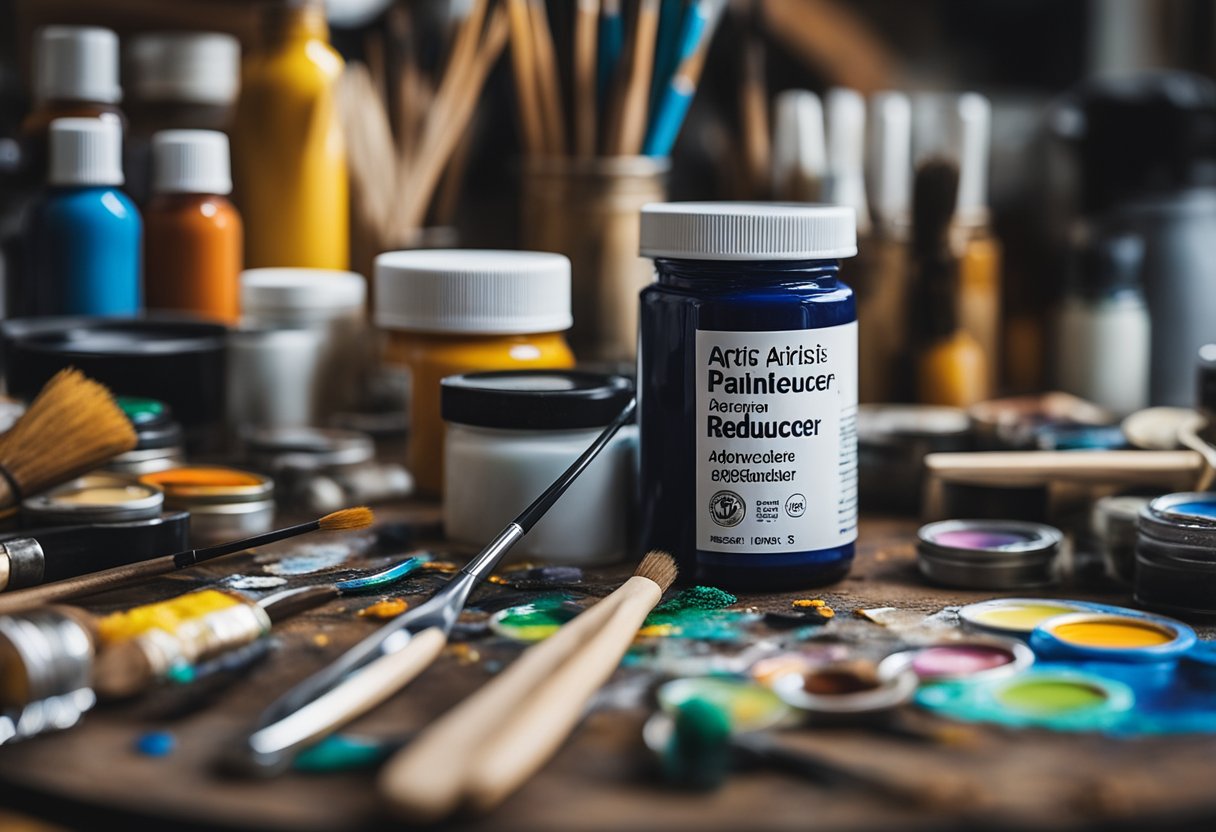
Acrylic enamel paint is a popular choice for automotive and industrial applications because of its durability, high gloss, and resistance to weathering. A reducer is added to the paint to thin it out and make it easier to apply. It also helps to improve the flow and leveling of the paint, resulting in a smoother finish. However, not all reducers are the same, and some may not be compatible with the paint you are using.
Key Takeaways
- Acrylic enamel reducer can be substituted, but it is important to understand its role in the paint before doing so.
- Using the wrong substitute can affect the drying time and finish of the paint.
- It is important to choose the right substitute and follow safety measures when using it.
Understanding Acrylic Enamel and Reducer
As a professional painter, I have often come across the need to use a reducer for acrylic enamel paint. Acrylic enamel is a fast-drying paint made of acrylic resin and pigment, typically used in automotive applications. It is known for its durability and high-gloss finish.
However, sometimes the paint can be too thick to apply evenly, which is where a reducer comes in. A reducer is a solvent that is added to the paint to thin it out and improve its flow for spray painting.
There are different types of reducers available, and it is essential to select the right one for your paint. Using the wrong reducer can result in poor-quality paint, which can be frustrating and time-consuming to fix.
When selecting a reducer, it is crucial to consider the characteristics of the paint you are using. For example, if you are using an acrylic enamel paint, you will need an enamel reducer that is compatible with it.
It is also important to note that adding too much reducer can make the paint too thin, resulting in runs and other imperfections. Therefore, it is crucial to follow the manufacturer’s instructions carefully and add the reducer gradually, testing the consistency as you go.
In conclusion, understanding the characteristics of acrylic enamel paint and the purpose of a reducer is essential for achieving a high-quality finish. Selecting the right reducer and following the manufacturer’s instructions carefully can help you achieve the desired results.
The Role of a Reducer in Acrylic Enamel Paint
As a painter, I understand the importance of using the right type of reducer in acrylic enamel paint. A reducer is a solvent that is added to the paint to thin it out and make it easier to spray. The viscosity of the paint determines the amount of reducer needed to achieve the desired consistency.
Acrylic enamel paint is a highly durable finish that can be applied to a variety of surfaces, including metal, plastic, and wood. When using acrylic enamel paint, it is important to use the right type of reducer to ensure that the paint flows smoothly and evenly. A good reducer will help to prevent the paint from becoming too thick or too thin, which can affect the quality of the finish.
The key role of a reducer in acrylic enamel paint is to help with leveling and adhesion. A good reducer will help the paint to level out and create a smooth surface without bumps or orange-peel texturing. It will also help the paint to adhere to the surface properly, ensuring that the finish is long-lasting and durable.
Another important factor to consider when using a reducer is the drying time of the paint. The right type of reducer can help to speed up or slow down the drying time of the paint, depending on the conditions in which it is being used. This can be especially important when working in hot or cold weather conditions, where the paint may dry too quickly or too slowly.
In conclusion, the role of a reducer in acrylic enamel paint is crucial to achieving a high-quality finish. A good reducer will help to thin out the paint and improve its flow, while also ensuring that it levels out and adheres properly to the surface. When choosing a reducer, it is important to consider factors such as viscosity, leveling, adhesion, and drying times to ensure that you get the best possible results.
Common Substitutes for Acrylic Enamel Reducer
As a professional painter, I often get asked about the best substitutes for acrylic enamel reducer. While there are several options available, each has its pros and cons, and it’s essential to choose the right one based on your painting requirements.
Acetone
Acetone is a popular substitute for acrylic enamel reducer as it can effectively thin the paint and clean the surface. However, it’s essential to note that acetone is a hazardous solvent that emits dangerous fumes. Therefore, it’s best to wear protective gear like safety gloves and a mask when handling it. Furthermore, ensure you mix the acetone and paint in a well-ventilated place for extra safety.
Lacquer Thinner
Lacquer thinner is another common substitute for acrylic enamel reducer. It’s a powerful solvent that can effectively thin the paint and clean the surface. However, it’s essential to note that lacquer thinner is highly flammable and emits toxic fumes. Therefore, it’s best to use it in a well-ventilated area and avoid smoking or using any ignition sources.
Mineral Spirits
Mineral spirits are a less toxic substitute for acrylic enamel reducer. It’s a petroleum-based solvent that can effectively thin the paint and clean the surface. However, it’s essential to note that mineral spirits are flammable and emit harmful vapors. Therefore, it’s best to use them in a well-ventilated area and avoid smoking or using any ignition sources.
Xylene
Xylene is a powerful solvent that can effectively thin the paint and clean the surface. It’s a popular substitute for acrylic enamel reducer as it can also remove grease, oil, and other contaminants from the surface. However, it’s essential to note that xylene is highly flammable and emits toxic fumes. Therefore, it’s best to use it in a well-ventilated area and avoid smoking or using any ignition sources.
Turpentine
Turpentine is a natural solvent that can effectively thin the paint and clean the surface. It’s a less toxic substitute for acrylic enamel reducer and is often used for oil-based paints. However, it’s essential to note that turpentine is highly flammable and emits harmful vapors. Therefore, it’s best to use it in a well-ventilated area and avoid smoking or using any ignition sources.
In conclusion, choosing the right substitute for acrylic enamel reducer depends on your painting requirements and safety concerns. Always wear protective gear and use the solvents in a well-ventilated area to avoid any health hazards.
Safety Measures When Using Substitutes
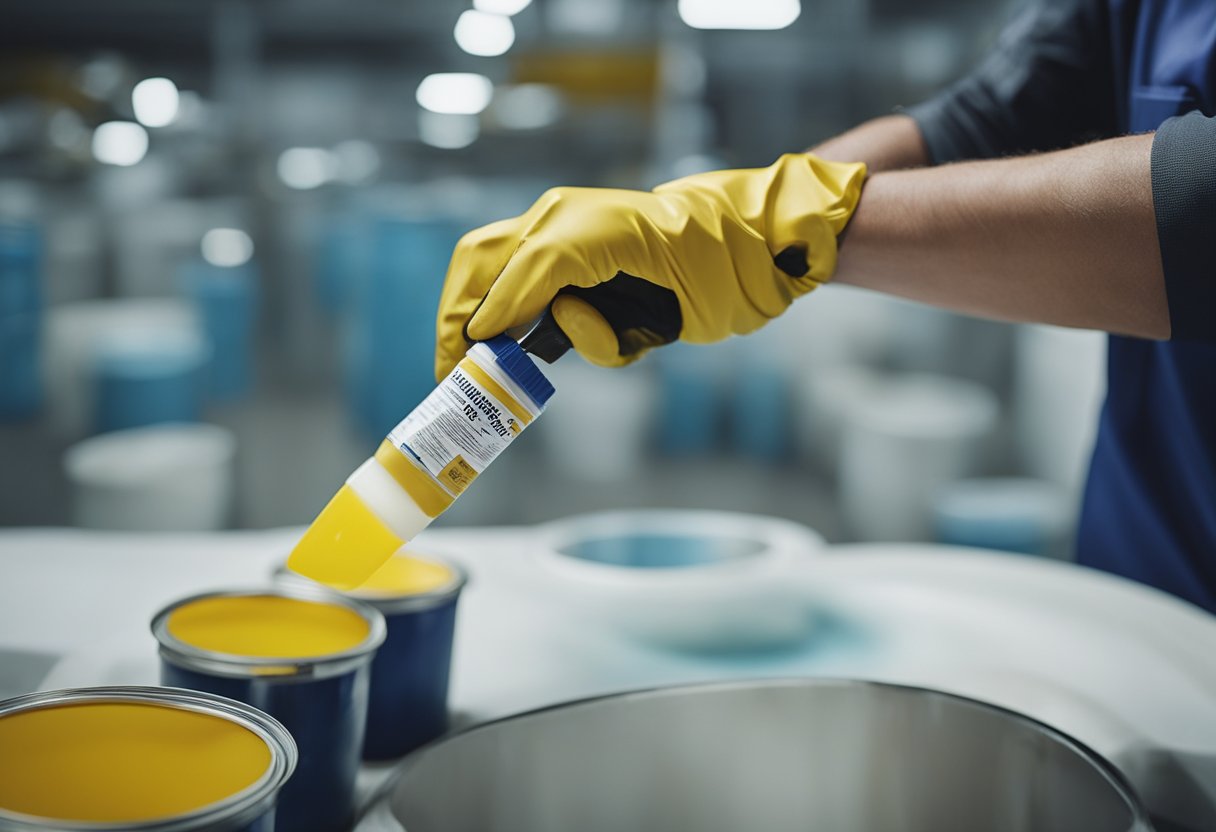
As with any paint product, safety should be a top priority when using acrylic enamel reducer substitutes. While these substitutes can be effective in thinning paint and reducing the overall cost of a project, they can also be hazardous if not handled properly.
It is important to always wear proper safety gear, such as gloves and a respirator, when handling these products. This will help protect against any potential toxicity from the chemicals used in the substitutes.
In addition to safety gear, it is important to follow all manufacturer instructions when using acrylic enamel reducer substitutes. This includes proper storage, handling, and disposal of the product. It is also important to avoid any direct contact with the skin or eyes, as well as any inhalation of fumes.
If any adverse reactions occur, such as skin irritation or difficulty breathing, it is important to seek medical attention immediately.
By taking these safety measures when using acrylic enamel reducer substitutes, you can ensure a safe and effective painting experience.
Impact of Substitutes on Drying Time and Finish
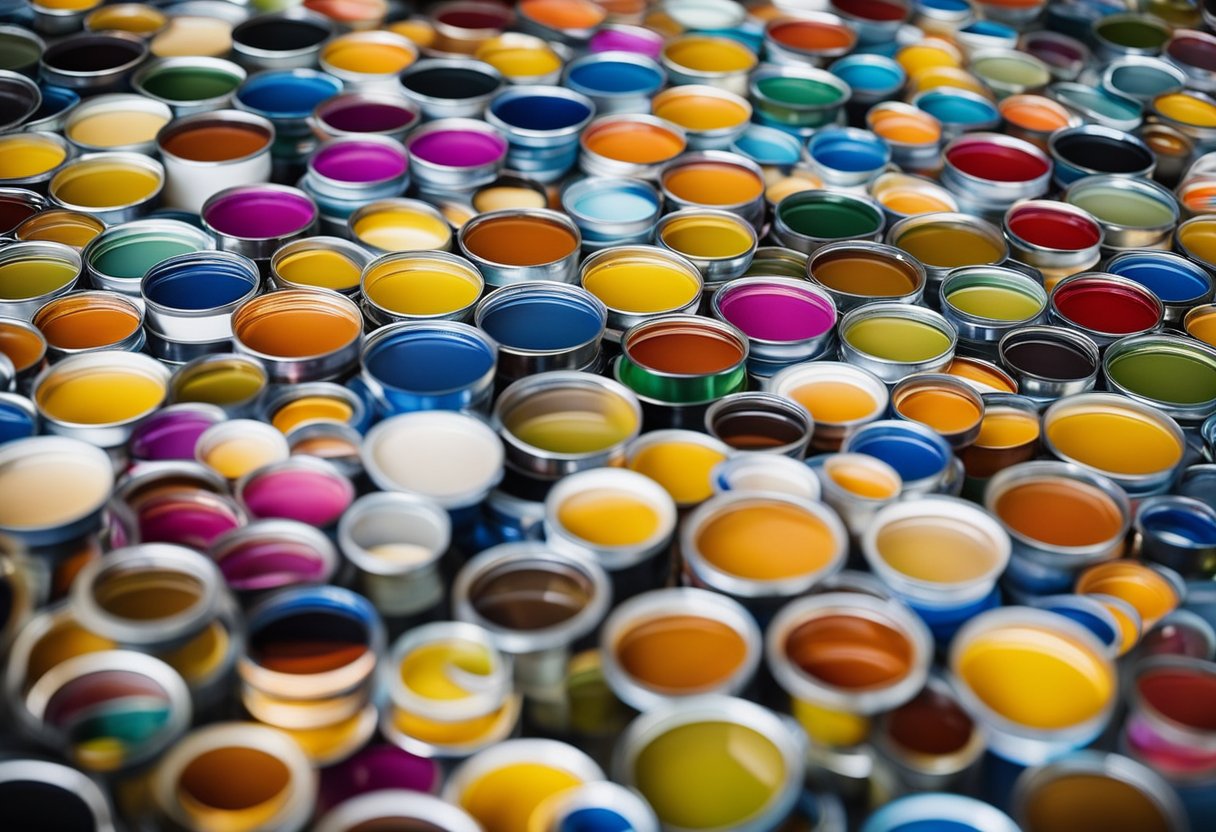
As a professional painter, I have experimented with various acrylic enamel reducer substitutes over the years. One of the most important factors to consider when selecting a reducer substitute is its impact on drying time and finish.
When using a substitute, it is essential to choose one that will not significantly increase the drying time of the paint. Some reducers can slow down the drying process, which can be frustrating when working on a tight schedule. However, some substitutes can speed up the drying time, which can be beneficial when you need to finish a project quickly.
Another crucial factor to consider when selecting a reducer substitute is its impact on the finish of the paint. Some substitutes can leave a semi-gloss finish, which may not be ideal for some projects. However, some reducers can provide a high-gloss finish that is similar to the finish achieved when using lacquer-based paints.
It is also important to consider the type of hardener that you are using when selecting a reducer substitute. Some reducers are not compatible with certain types of hardeners, which can affect the quality of the finish and the drying time.
In summary, when selecting an acrylic enamel reducer substitute, it is essential to consider its impact on drying time, finish, and compatibility with the hardener. By choosing the right substitute, you can achieve a high-quality finish while maintaining a reasonable drying time.
Using Substitutes in Different Applications
As an experienced painter, I have used several substitutes for acrylic enamel reducer in different applications. These substitutes are safe and effective, and they can be used to thin acrylic enamel paint for various projects such as gas tanks, car bodies, and automotive paint.
When it comes to thinning acrylic enamel paint for a gas tank, I have found that using acetone is an effective substitute. However, it is important to wear protective gear like safety gloves and a mask when handling acetone. Additionally, it is crucial to mix the acetone and paint in a well-ventilated area for extra safety.
For car bodies, I recommend using lacquer thinner as a substitute for acrylic enamel reducer. Lacquer thinner is an excellent option because it is readily available and can be used in various applications. However, it is essential to use it in a well-ventilated area and wear protective gear like gloves and a mask.
When it comes to automotive paint, I have found that using xylene as a substitute for acrylic enamel reducer works well. Xylene is a powerful solvent that can be used to thin paint and clean up afterwards. However, it is essential to use it in a well-ventilated area and wear protective gear like gloves and a mask.
In conclusion, using substitutes for acrylic enamel reducer is a safe and effective way to thin paint for various projects. Whether you are working on a gas tank, car body, or automotive paint, there are several substitutes available that can help you achieve the desired results. Just remember to use them in a well-ventilated area and wear protective gear like gloves and a mask.
The Effect of Heat on Reducer Substitutes
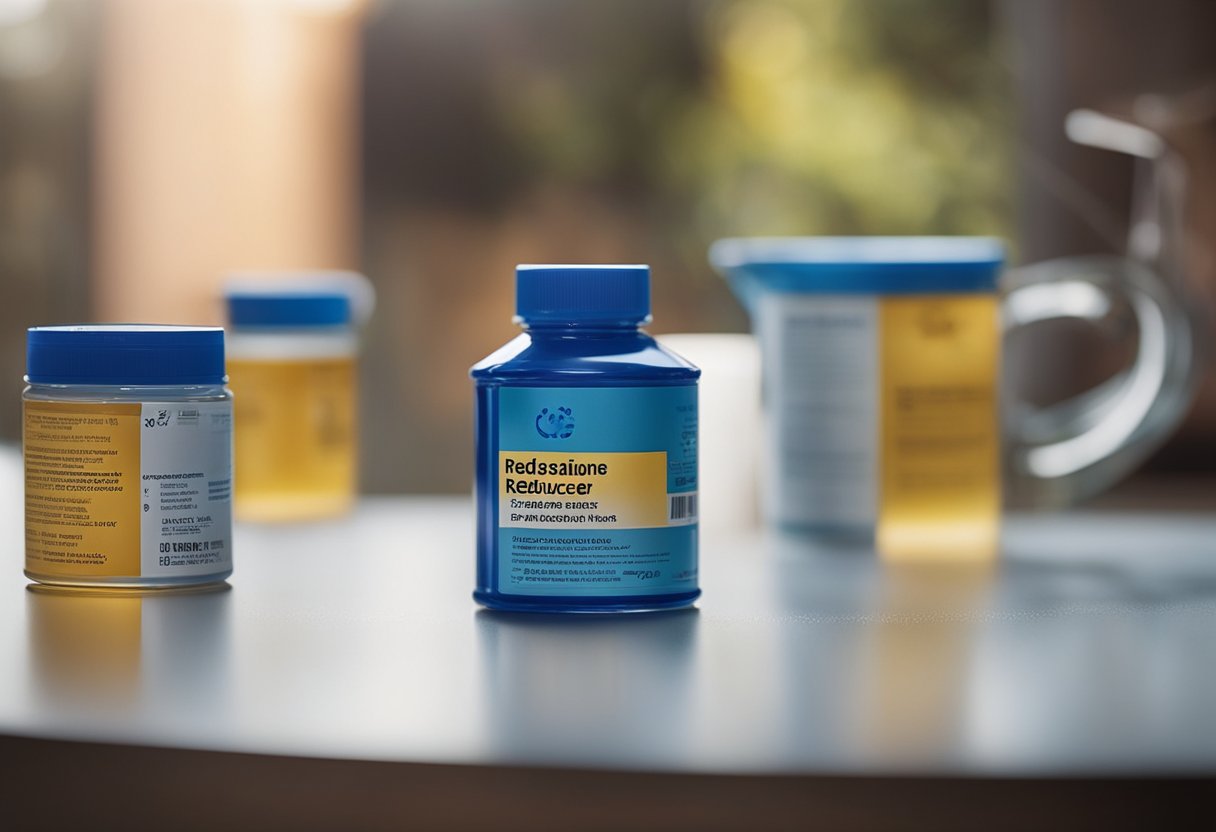
As an experienced painter, I know that heat can have a significant impact on the performance of acrylic enamel reducer substitutes. When using a reducer substitute, it is essential to consider the temperature of the environment in which you are working.
High temperatures can cause the reducer substitute to evaporate too quickly, which can lead to a range of issues, including uneven coverage and a rough, textured finish. Conversely, low temperatures can cause the reducer substitute to take too long to evaporate, which can result in a runny, drippy finish.
To ensure that you get the best results when using a reducer substitute, it is essential to work in a temperature-controlled environment. Ideally, the temperature should be between 60 and 80 degrees Fahrenheit.
Another factor to consider when working with reducer substitutes is the type of reducer substitute you are using. Some reducer substitutes are more sensitive to heat than others. For example, linseed oil and lemon, which can work well as a reducer for oil-based acrylic paints, can be sensitive to heat. If you are using this type of reducer substitute, it is essential to be extra careful when working in hot environments.
Ultimately, the key to success when using a reducer substitute is to experiment with different types of reducer substitutes and work in a temperature-controlled environment. By doing so, you can ensure that you get the best possible results from your painting project.
How to Choose the Right Substitute
When it comes to choosing the right substitute for acrylic enamel reducer, there are several factors to consider. The viscosity of the paint, the desired finish, and the type of pigments used can all affect the choice of reducer. Here are some tips to help you choose the right substitute:
1. Consider the Type of Enamel
Before choosing a reducer, it’s important to consider the type of enamel you are using. Some reducers are specifically designed for use with urethane enamel, while others are better suited for acrylic enamel. Using the wrong type of reducer can result in poor adhesion, cracking, or other issues.
2. Determine the Viscosity of the Paint
The viscosity of the paint can also affect the choice of reducer. If the paint is too thick, it may need a stronger reducer to thin it out. On the other hand, if the paint is too thin, a weaker reducer may be needed to achieve the desired consistency.
3. Choose the Right Reducer
When choosing a reducer, it’s important to consider the desired finish. Some reducers are designed to produce a high-gloss finish, while others are better suited for a matte or satin finish. It’s also important to choose a reducer that is compatible with the pigments used in the paint.
4. Test the Reducer
Before using a new reducer, it’s important to test it first. Mix a small amount of paint with the reducer and apply it to a test surface. This will help you determine if the reducer is compatible with the paint and if it produces the desired finish.
By considering these factors, you can choose the right substitute for acrylic enamel reducer that will help you achieve the desired finish and ensure the longevity of your paint job.
The Role of a Painter in Using Substitutes
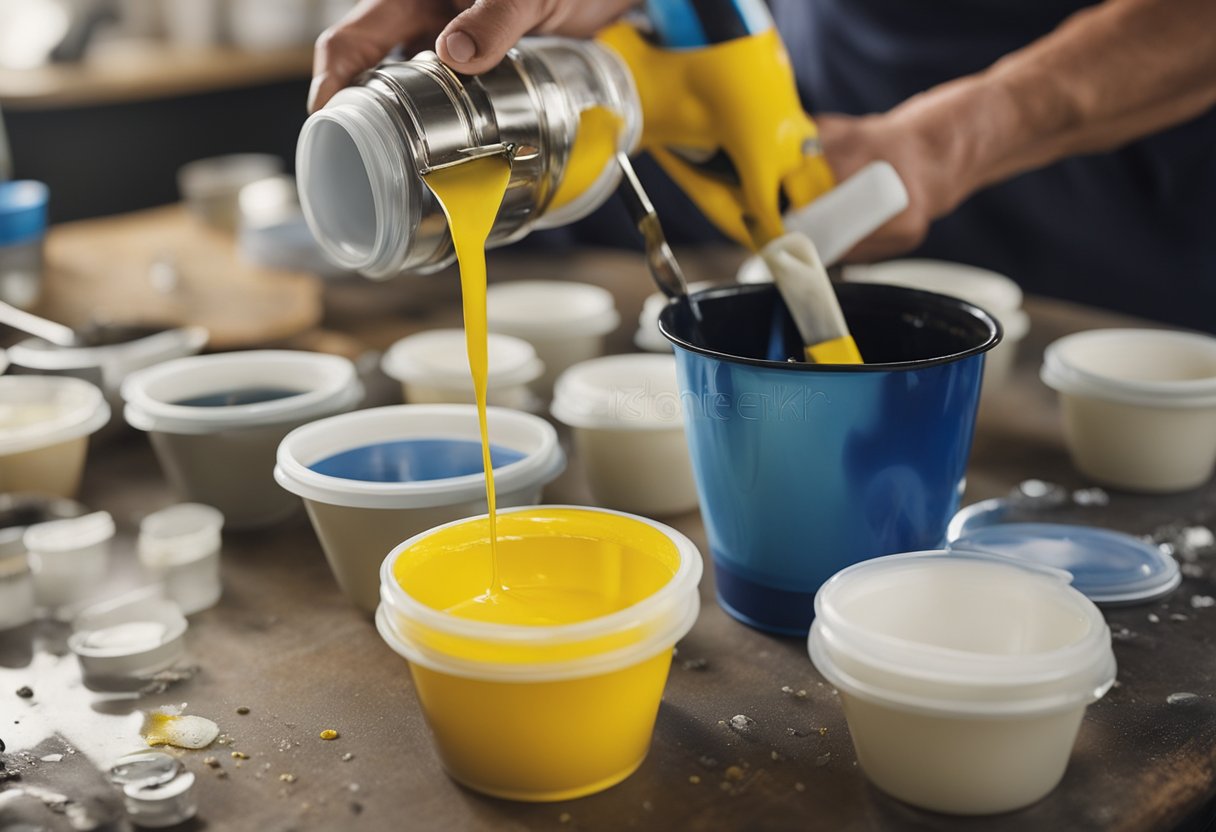
As a painter, I understand the importance of using the right tools and materials to achieve the desired results. When it comes to using acrylic enamel paint, one of the key factors to consider is the type of reducer to use. While there are many options available, it is important to understand the role of a painter in using substitutes.
Firstly, it is important to note that not all reducers are created equal. Some may work better with certain types of paint, while others may not be suitable for use with acrylic enamel paint. As a result, it is important to do your research and choose a reducer that is specifically designed for use with acrylic enamel paint.
When using a reducer substitute, it is important to follow the manufacturer’s instructions carefully. This may include mixing the reducer with the paint in specific ratios, as well as using the appropriate tools and techniques to apply the paint. Failure to follow these instructions may result in a subpar finish or other issues.
It is also important to consider the environmental impact of using a reducer substitute. Some substitutes may contain harmful chemicals or produce harmful fumes, which can be dangerous to both the painter and the environment. As a result, it is important to choose a reducer substitute that is safe for use and has minimal impact on the environment.
In conclusion, the role of a painter in using substitutes is to carefully choose a reducer that is specifically designed for use with acrylic enamel paint, follow the manufacturer’s instructions carefully, and consider the environmental impact of using a substitute. By taking these factors into consideration, painters can achieve the desired results while minimizing the risks associated with using a reducer substitute.
Frequently Asked Questions

What is the difference between urethane and enamel reducer?
Urethane reducer is designed specifically for use with urethane paints, while enamel reducer is designed for use with enamel paints. Urethane reducer is typically more aggressive than enamel reducer, and as a result, it can be used to thin urethane paint to a greater extent than enamel reducer can be used to thin enamel paint.
What are some substitutes for urethane reducer?
Some commonly used substitutes for urethane reducer include acetone, lacquer thinner, and mineral spirits. However, it is important to note that these substitutes may not work as well as urethane reducer, and they may also have different drying times and other characteristics that can affect the final appearance of the paint.
How do I properly reduce acrylic enamel?
To properly reduce acrylic enamel, it is important to follow the manufacturer’s instructions carefully. Typically, you will need to mix the paint with a reducer in a specific ratio, such as 4:1 or 3:1. It is important to use the correct type of reducer, as using the wrong type can result in poor adhesion, cracking, or other problems.
Can mineral spirits be used as a reducer for acrylic enamel?
Mineral spirits can be used as a reducer for acrylic enamel, but it is not recommended. Mineral spirits are not as effective at thinning acrylic enamel as other reducers, and they can also cause the paint to dry more slowly, which can result in poor adhesion and other problems.
What are some alternatives to acrylic enamel reducer?
Some commonly used alternatives to acrylic enamel reducer include lacquer thinner, acetone, and xylene. However, it is important to note that these alternatives may not work as well as acrylic enamel reducer, and they may also have different drying times and other characteristics that can affect the final appearance of the paint.
Is it safe to use paint thinner instead of reducer for acrylic enamel?
Paint thinner can be used as a reducer for acrylic enamel, but it is not recommended. Paint thinner is not as effective at thinning acrylic enamel as other reducers, and it can also cause the paint to dry more slowly, which can result in poor adhesion and other problems. In addition, paint thinner is a hazardous substance that can emit dangerous fumes, so it is important to use it in a well-ventilated area and wear appropriate protective gear.

Hi, I’m Sal Muller of Tooltrip.com. My DIY experience led me to understand essential power tools for home projects. Tooltrip.com guides enthusiasts and professionals in choosing right tools for any job. I provide concise top tool reviews for easier, efficient DIY.

